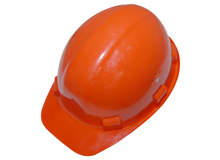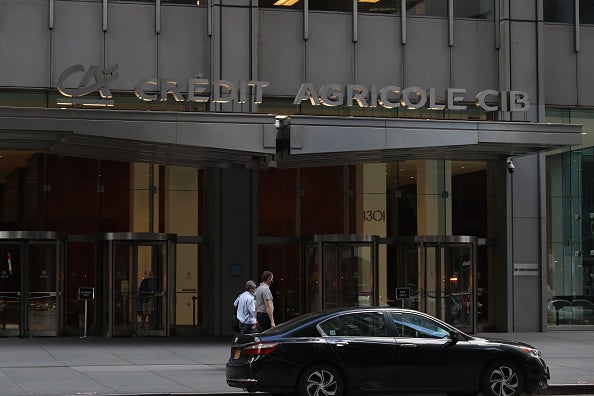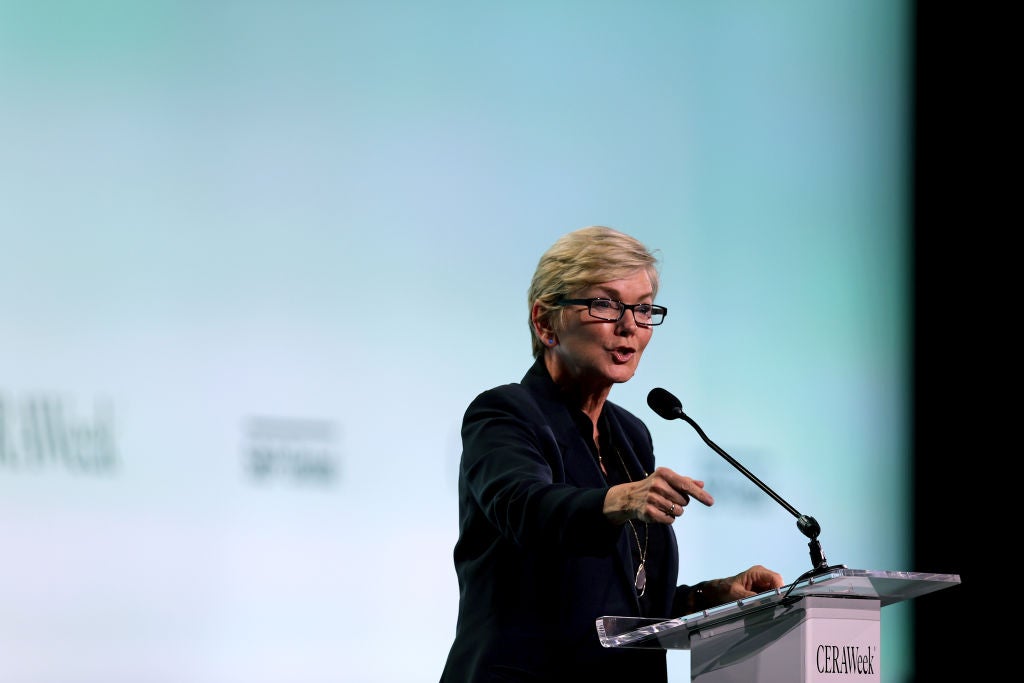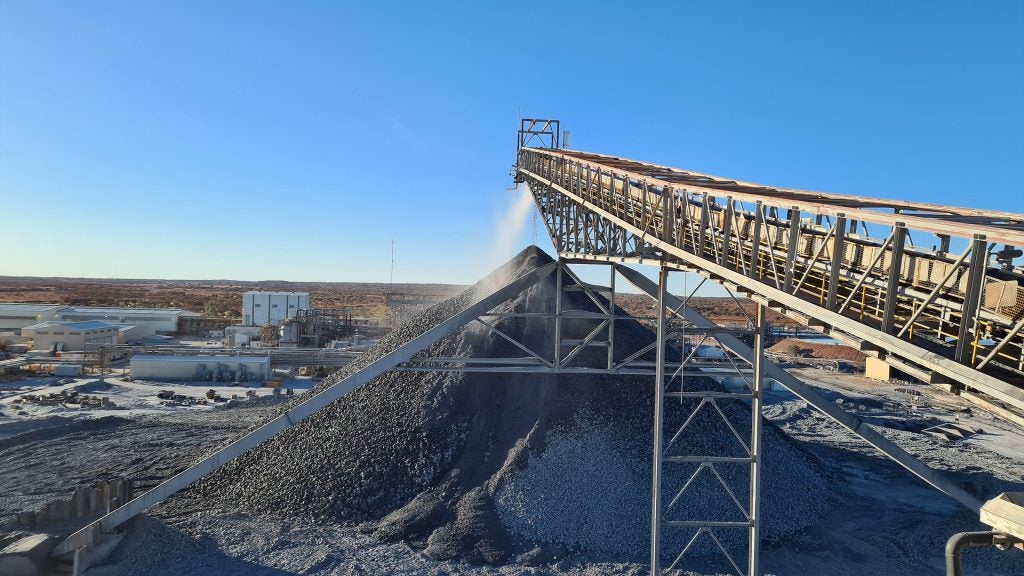
In 2004 the UK Health and Safety Executive (HSE) began an investigation into the state of the asset integrity of the bigger oil and gas companies in the North Sea. In three years it visited 40% of the 250 oil and gas platforms on the UK continental shelf and in November 2007 revealed damning results: nearly 60% of North Sea offshore installations did not meet desired safety standards in terms of the physical state of the plant.
"Some of the installations we visited were good, let’s be clear about that," says Steve Walker, operations manager with the Health Safety Executive’s offshore division. "What concerned us was the variance not only between, but within, companies."
A year later the final report, KP3, threatened to stir the industry into action. But how has it responded to the criticisms KP3 made and what does this mean for the future safety of the 28,000 offshore oil and gas workers in the UK?
Piper Alpha – a cause for KP3
There is a lot to be said for learning by example. The offshore industry’s biggest catastrophe occurred in 1988, when 167 people lost their lives after an explosion ripped through the Piper Alpha oil platform in the North Sea.
See Also:
Twenty years on the industry is a safer place to work, thanks to safety measures, such as automatic shutdown valves, being introduced to ensure that a similar accident cannot occur.
How well do you really know your competitors?
Access the most comprehensive Company Profiles on the market, powered by GlobalData. Save hours of research. Gain competitive edge.

Thank you!
Your download email will arrive shortly
Not ready to buy yet? Download a free sample
We are confident about the unique quality of our Company Profiles. However, we want you to make the most beneficial decision for your business, so we offer a free sample that you can download by submitting the below form
By GlobalData"Piper Alpha was a fundamental moment in the history of the industry," says Chris Allen, health, safety, social and environment (HSSE) director for Oil & Gas UK, the industry’s representative organisation. "I was working in the industry then and if you’d have asked me two days before Piper Alpha if it was possible to lose an entire platform like that, I’d have said it was inconceivable."
"But it happened and fundamental changes in the way the industry identifies and manages risk came in as a result. There was a change of regulator and a goal-setting regime introduced to make sure that all risks are identified and the necessary precautions are in place."
A decade on and safety has improved, especially in the smaller areas of risk. In terms of big injuries caused by slips, trips or being trapped by machinery, the offshore industry has improved safety drastically in the past decade. The number of major injuries to workers has fallen 40% from 75 in 1998/9 to 45 in 2007/8, according to figures compiled by the HSE.
"We have to manage personal safety," says Chris Allen. "As an industry, we do slightly better than retail in this area and are safer than construction and agriculture." However the HSE remains concerned that in terms of big accidents such as Piper Alpha, the industry has let its guard down.
"The KP3 report was a wake-up call in terms of important hazard risks," says Walker. "There is a feeling that the industry has been concentrating on day-to-day hazards such as making sure workers don’t fall down stairs. Companies are to be applauded for reducing the numbers of those accidents but there is less emphasis on bigger incidents than there ought to be."
The various stages of decline
One of the key findings in KP3 surrounded the physical state of installations. HSE inspectors used a RAG (red amber green) traffic-light system to grade the plants they visited. Green meant that everything was alright, amber suggested manageable weaknesses and red signified non-compliance with legislation.
The report concluded that 58% of the installations visited were red or amber in terms of the physical state of the plant, and 16% of these were flagged as red, meaning they were so bad that they were in breach of regulation.
"We don’t accept that the installations were unsafe," Allen says. "If they were unsafe it would have been the HSE’s duty to shut them down. We accept that the report was hard hitting and highlighted a challenge that required strong action to be taken. The industry has made a commitment at the highest level possible but the problems cannot be fixed overnight."
Other key findings in the report included fears about senior management’s awareness and monitoring of offshore activities and concerns about how little influence engineers have over financers and strategists when it comes to making decisions about plant maintenance.
"We found a gap between senior management and offshore staff," Walker says. "Management staff don’t often have the tools to make the decisions that might be needed. And the influence of chief engineers was less than we would have liked, which is a potentially dangerous situation. We felt the technical side needed boosting."
Shame files
When KP3 was published, chair Judith Hackett threatened to name and shame the companies involved if standards were not raised. Four months later, thanks to a freedom of information request by the UK’s Sunday Herald, the names of some of the offending companies were made public anyway.
Between March 2005 and October 2007, following visits that were part of the KP3 investigation, there were 18 incidents of improvement or prohibition notices served on asset integrity grounds against a number of leading oil companies including Shell, Total, BP, Chevron and Maersk. How could these big companies, which until recently were benefiting from $140 barrels of oil, justify such poor safety records?
"The oil companies took their eye off the ball when oil was $20 per barrel," Walker says. "They thought the industry wouldn't last much longer and, when prices went up, they got caught in a catch-22 situation. They wanted to develop plants but faced the practical problem of maintaining their existing facilities. There was a lack of competence because the workforce was insufficient and the industry got caught in a pickle."
"In the '70s and '80s it was not anticipated that the UK industry would still be here now," Allen says. "Because of the changes in technology, it is now conceivable that the industry will be around for another 20 years, which presents a challenge in maintaining the integrity of the platforms. We accept that, because of low oil prices in the '90s, operators cut back too far on maintenance, but now the industry is investing heavily in asset integrity. About £1.5bn has been spent in this area this year."
Led by Oil & Gas UK, campaign group Step Change and a new asset integrity steering group, the offshore industry has responded to KP3 in the past year, notably in the area of hydrocarbon release. Hydrocarbon releases are leaks from the pipes that don’t ignite.
"If that happens," Walker says, "the installation has let the tiger out of the cage. One leak could ignite and become another Piper Alpha. The industry’s history with this type of leaks is not inspiring. They are on an upward curve, which means the propensity for a big incident to occur is certainly not reducing."
However, since KP3, a new subgroup of the industry’s asset integrity steering group has been formed specifically to investigate ways of reducing hydrocarbon release from North Sea installations.
"Our figures for hydrocarbon release have been good in the past 10 years," Allen says. "Big releases have dropped to four or five in a year. There used to be 20. As you get better it is more difficult to improve, which is why we’ve set up this subgroup."
Learning through KP3
Education has also been a key to making improvements following KP3. In direct response to criticisms levelled in the KP3 report, several initiatives have been put in place to allow industry partners to share information and improve performance. A knowledge-sharing website and workshops for senior management figures have been introduced solely to deal with the matter of asset integrity.
Step Change has also begun to collect information on the three main indicators of asset integrity – maintenance backlog, hydrocarbon release and anomalies raised by the verifier – which can be used to improve individual company performance.
"Managers need to know what their maintenance backlog is," says Walker. "This information is now being collected voluntarily by Step Change and shared so that companies can compare their performance. In this way the industry has responded very well to KP3."
Another problem in tackling the spectre of big offshore incidents was a lack of education among a new generation of workers who were no more than children when Piper Alpha happened. This has been rectified by a series of presentations and a DVD produced on behalf of Oil & Gas UK, highlighting the lessons that need to be remembered after the tragedy.
"Offshore workers don’t understand how big accidents happen. They think that because certain precautions have been taken, nothing will happen, but there are many causes of major accidents. Workers are now being educated on this and the industry has commissioned courses for senior managers to look at what causes such incidents," Walker says.
Beyond KP3
At least one person has fallen through a rusty grating into the sea since the KP3 report. The problem for offshore operators was a lack of uniformity on rust and when to take action against corrosion. However this problem has now been solved.
"The industry has done a lot of good work on this since KP3," says Walker. "A lot of research was done, an excellent guide was published, and there are now clear industry standards on corrosion."
In July, as part of the 20th anniversary Piper Alpha debate in the House of Commons, secretary of state for work and pensions James Purnell asked the HSE to investigate the offshore industry again and write a report on the progress made since KP3. Oil & Gas UK is confident the report will show that the industry has improved dramatically since KP3.
"The industry is committed to making the UK the safest oil and gas province," Allen says. "We have to understand that we can never relax. Hazards are always going to be there so we have to manage the risk to make sure it is as low as possible. We are inputting into the HSE’s progress report and are confident it will show that all the red traffic lights raised in KP3 have been addressed."
However, although pleased with the progress that has been made in areas such as information sharing, standard uniformity and education, Walker says there is still plenty of room for improvement. And this needs to take place at all levels, from company to installation.
"Unless there are changes at the sharp end, offshore workers are not being protected," Walker says. "We are still taking strong action against companies for problems thrown up by KP3. We are still pursuing enforcement actions and people are still falling through rusty gratings offshore."
"There is still a way to go for individual companies to embrace the KP3 issues. A school report since KP3 would read ‘trying hard but could do better’."







